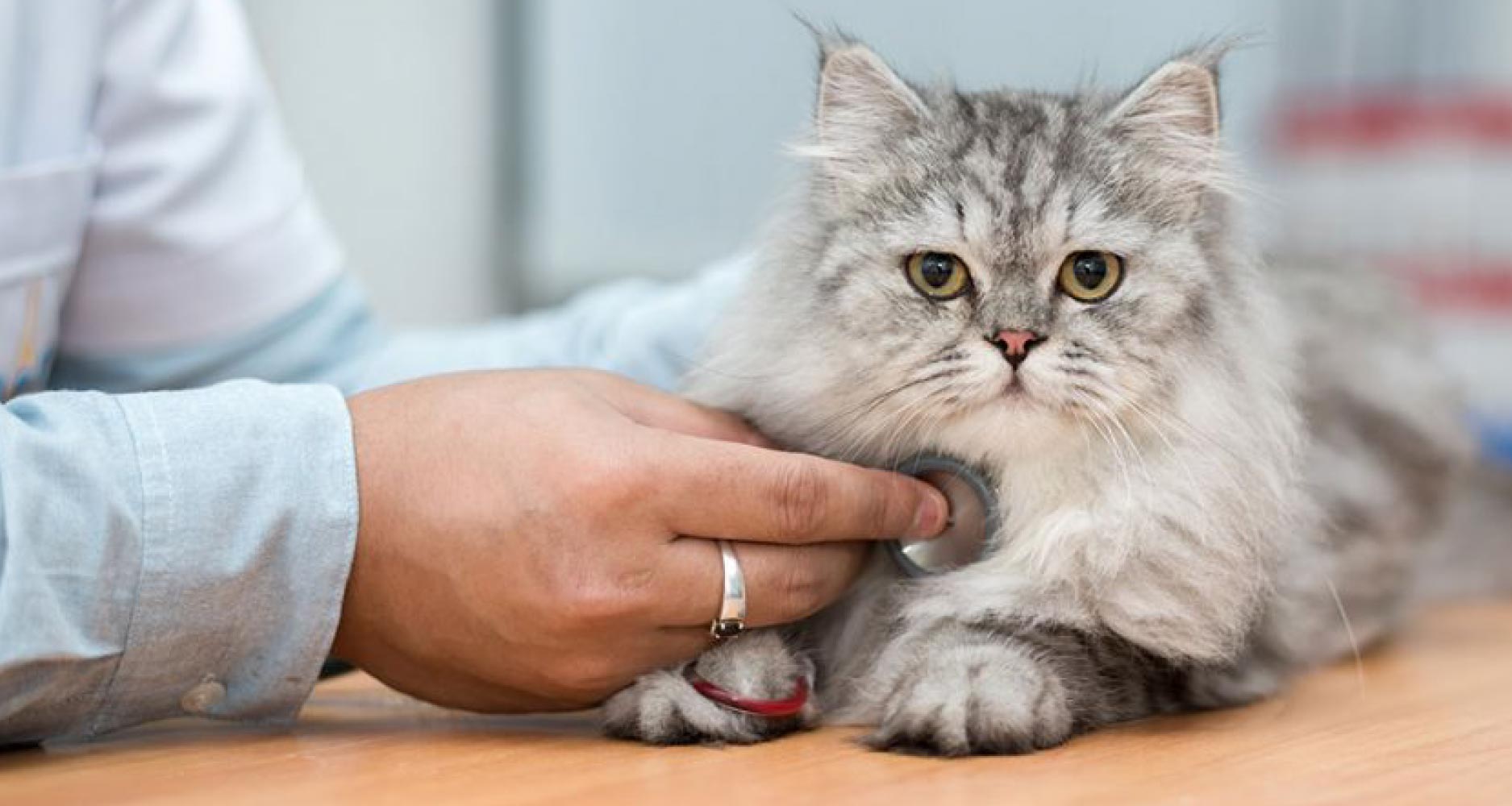
TRENDING

SIGN UP and Start Receiving
Our Monthly Newsletter,
The Chronicles
WHAT YOU SHOULD KNOW ABOUT PERFORMING CPR ON CATS

If your cat is breathing, but unconscious, try to get to a veterinarian as soon as possible.
If you can’t detect breathing or struggle to find a pulse, artificial respiration (AR) or cardiopulmonary resuscitation (CPR) might be necessary.
Learn how to correctly perform these procedures in this article.
Know which Signs to Look for:
- Breathing seems difficult
- Your cat suddenly gets ill
- Your cat is unconscious
- Your cat is weak or lethargic
- Your cat suffered severe injury or trauma
If you notice any (or a combination) of these signs, get your cat to a veterinary immediately.
Check the following vital signs before performing AR or CPR:
- Is the chest moving? Also use the back of your hand to feel for breathing (by the nose) or use a clean plastic or metal object to see if mist forms when held close to the nose.
- Check the colour of the gums. Bluish or grey gums = insufficient oxygen. White gums = poor circulation.
- Can you feel a pulse? Feel the inside of the bottom thigh, close to where the leg meets the body.
- Is there a heartbeat? Place your ear on the left side of the chest, near the elbow.
IMMEDIATE CARE
Do the following on your way to the veterinary or on the spot if you can’t reach a veterinarian:
- If you can’t detect breathing, open the mouth to check for obstructions and remove from the airway.
- Before closing the mouth and gently keeping it shut, pull the tongue to the front.
- Keep the neck straight (for an open airway) before breathing short puffs of air into the nose (one breath for every 4 to 5 seconds that pass).
- The chest should rise and fall with the breath supplied.
- Should the heart stop, artificial respiration and CPR should be performed (steps 6 to 9).
- Double check the heartbeat and pulse.
- If you can’t detect either, find a flat surface and lay your cat down on her right side.
- Next, you must compress the chest, to half of its normal width, by squeezing both sides of the chest (behind the elbows) with your thumb and fingers from one hand.
- Compress about 15 times every 10 seconds while giving a breath about every 10 compressions.
VETERINARY CARE
Either before your cat requires AR or CPR, or after you’ve successfully performed one or the other, your cat should see a veterinarian. Tests can be done to help determine the underlying problem if and once you or the veterinarian has revived your cat.
At a veterinary clinic, the following can also help during CPR:
- An oxygen tube
- Intravenous catheter to administer medicines and give fluids
- Epinephrine and other emergency medicines to stimulate the heart and breathing
THE SAD TRUTH
Many cats that need CPR don’t survive. Those that survive will probably need to stay in the hospital until diagnosed and stable. If your cat recovers, be sure to follow all the aftercare instructions.
Contact your veterinarian if your cat doesn’t improve or gets worse.
WHAT YOU CAN DO TODAY
Take your cat for regular checkups and treat any health problems immediately.
NOTE: Never perform CPR if it’s not necessary.
Share this information with friends, family, pet sitters and other pet owners.
The information contained in this article and website is not intended, nor implied to be a substitute for professional safety advice; it is provided for educational purposes only.
Related Articles















